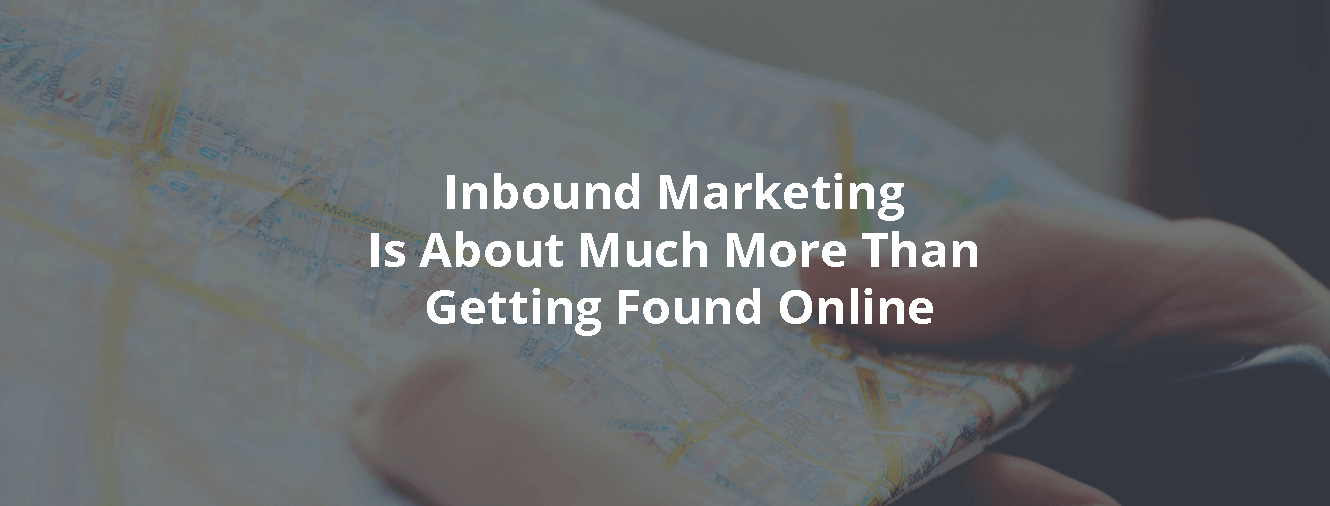
You’ve read all the blogs, all the books and you’ve got this amazing blog. Your blog is Search Engine Optimised, you even got a very active social media community. The top of your Inbound Marketing funnel is overflowing, and while this is amazing, you’re only half way there.
When Inbound Marketing started, it started as a response to the negativity that was surrounding getting prospects via traditional “outbound marketing” methods. Things like advertising and direct mail were costing a lot of money and were not getting the results on prospective clients or leads as they used to do. People were getting tired of being interrupted by irrelevant marketing messages all the time. Customers were starting to perform their own research, they started using search engines and social media sites to get the information they needed to make their buying decisions.
By prioritising relevant and very useful content, companies were starting to attract customers to their website on the terms of the customer. Inbound Marketing was forming a valued and welcome alternative for the buyers.
For a lot of people this is where it stops, to them Inbound Marketing is just another name for Content Marketing. Letting people come to your site based on the relevant content you’re writing for them. However, with this approach you’re missing out on a whole other part of Inbound Marketing. The process of getting found online and generating leads is critical, but understanding and adapting to the needs of your leads too! After someone expresses interest in your company you’re not there yet.
According to Sellingly, 80% of sales are made on the 5th-12th contact. On average according to an older report of Gleanster, 50% of our marketing leads are qualified but not ready to buy after they’ve just converted. They need to be educated further and moved along the buyer’s journey with the right content delivered to them at the correct time.
Understanding Buyer Interests and Experiences (Lead Intelligence)
When you want to start communicating with your potential prospects you first need to understand who they are. Just like when you started out with your marketing and build your first Buyer Personas, the more leads you’re attracting through your website will help you to better define those Buyer Personas.
So the first step here is to gain insights into what first brought those prospects to your company and what their end goals are. By looking into your data, it should also help you to separate out the common experiences of people who end up buying your products versus general website traffic.
You have to be data-driven. You have to start understanding not just about general trends on your web site, but also signs of the individual customer experience. From the moment they first landed on your site, all the way through to their most recent purchase.
What do you need:
- Analytics that tell you which companies and prospects are visiting your site and why;
- A database with your leads, that includes a history of your leads’ content interests and how they interacted on your site;
- Analytics that get you relevant interactions from social media, email, third-party apps, and other interactions these leads have with your company.
Adaptive Communications (Lead Nurturing & Marketing Automation)
One of the major dislikes around traditional outbound marketing was the interruption of irrelevant marketing messages to prospective leads. How many emails do you get per day which are totally irrelevant? I guess if you’re a bit like us it is a lot. If you’re not ready yet to start buying from a company it makes no sense to already start offering it. That’s why email marketing campaigns which are part of your Inbound Marketing strategy should reflect the state of the buying funnel your customer is at.
Your emails should be relevant to the content your leads have already consumed. Oh and while we’re at it, they should sound like a real human being wrote them and not a machine. No more “no-reply@ emails” and other non-personal email stuff. Communications from your company to your leads should feel as if they were written only for that specific person.
People want to feel like they can have a conversation with you otherwise you’re likely to get ignored.
Research done by Aberdeen Group shows that emails being send to leads which are personalised improve click-through-rates (CTR) by 14%. They have a conversion rate of 10%. Lead nurturing emails get between 4 and 10 times the response rate of email blasts (Source: DemandGen Report). Juniper Research goes even as far to say that relevant emails drive 18 times more revenue than broadcast emails.
What do you need:
- Emails with content that is designed to inform and engage;
- Triggered emails based on lead behaviour on your site and across other channels;
- Some way of letting your email system know to change the types of emails after a lead has converted;
- Someone on your team who can write.. in a normal, personal and engaging way.
Marketing Analytics
If the entire process of Inbound Marketing starts with getting found online, starting to generate your first leads and continues with nurturing those leads, then the final step will always be to analyse the effectiveness of your whole Inbound Marketing funnel.
If you’re already getting more into the mindset of Conversion Optimisation you know that you’re work is never done and that you’re always learning. Trying to understand which channels and strategies are working the best for your organisations marketing goals and which are underperforming will help you improve, iterate, and focus more of your time on what works rather than what doesn’t. (Bonus, Analysing your Inbound Marketing efforts will also help you make a stronger internal case for your business’ Inbound Marketing ROI.)
What do you need:
- Website and marketing analytics tools to enable you to track which channels are effectively generating leads, and which aren’t;
- Tied in marketing analytics with your website and CRM system to understand which leads turn into your ideal customers.
The promise of Inbound Marketing is making marketing that people can actually love, marketing that helps and adds value. If you want to achieve this within your company, your company’s marketing has to focus on the full customer experience. This starts all the way from helping your customers find you, to supporting their unique decision-making process. As you can see Inbound Marketing is so much more than just Content Marketing, if you want to get it right it takes all of the above.

